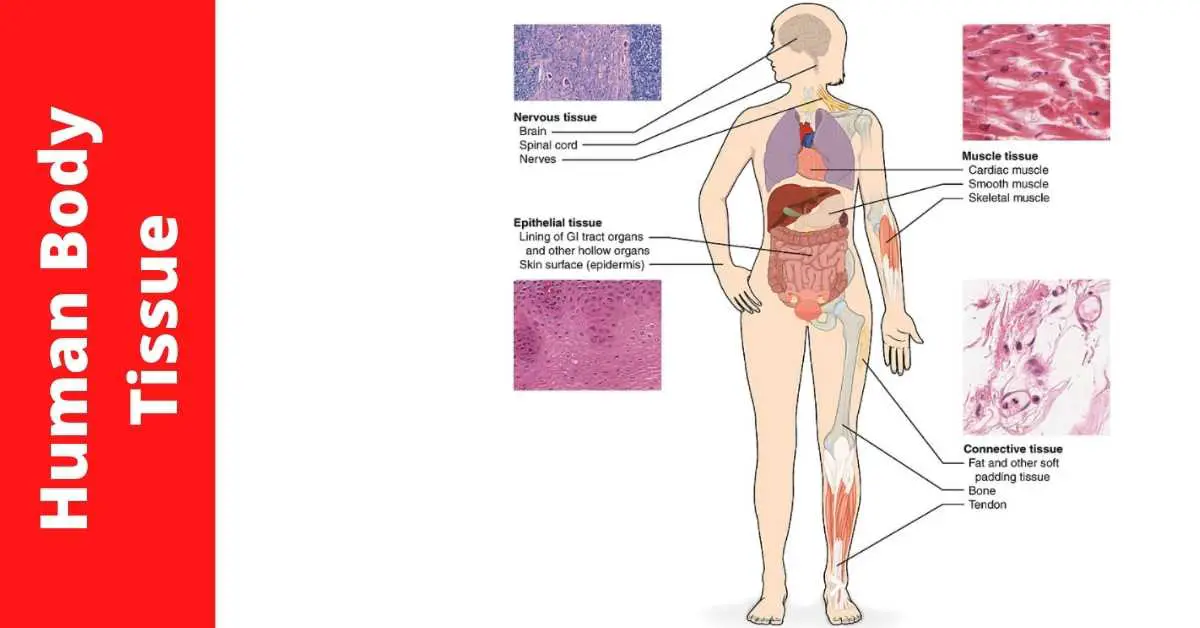All human bodies are made up of four different types of tissues: muscle, nerve, blood, and skin. Each tissue has its own role to play in the body. For example, skin is the largest organ in the human body. It helps protect us by keeping out pathogens and absorbing moisture. It also protects against injury and regulates temperature through sweat production. Muscle tissue, on the other hand, helps with movement and coordination of limbs. And finally, our blood supplies oxygen (O2) to all parts of our body while also carrying away carbon dioxide (CO2) that is produced during respiration. So what are you waiting for? Let’s get started!
You might also read: Bone sclerosis: Causes, Symptoms, and Treatment
Muscle Tissue
Muscle tissue helps with movement and coordination. Without muscle tissue, our bodies would have no way to move our hands, feet, or any other body part. There are both voluntary and involuntary muscle tissues in the body. Voluntary muscle tissue is controlled by the brain, which makes it contract. Voluntary muscle tissue includes muscles in the face, arms, and legs. Involuntary muscle tissue, on the other hand, are those that are controlled by the brain but without conscious effort. Examples of involuntary muscle tissue are those that control breathing and the beating of the heart.
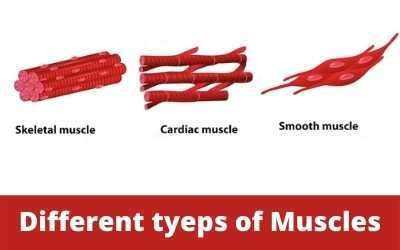
Without muscle tissue, it would be impossible to do any sort of physical activity or work at all. You can find muscle tissue anywhere in the body that is needed for movement and coordination.
Nerve Tissue
Nerve tissue is the tissue that transmits information to and from the brain and spinal cord. The cells in the nervous system are called neurons. Nerve tissue is made up of neurons and glial cells. These cells help send messages.
By using electrical and chemical signals, unit of nerve tissue, known as neurons converse with one another. Electrical signals are created when there is a change in the number of charged particles on either side of the neuron. Chemical signals are created when neurotransmitters release chemicals to other neurons. Nerve tissue relies on both types of signals to create a response.
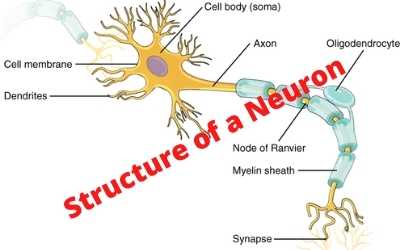
Glial cells help neurons function by supplying nutrients and removing waste products. They also help stabilize and protect neurons from damage. Glial cells provide neuron insulation and form a myelin sheath that wraps around axons to increase their effectiveness as a transmitter. The number, size, and shape of the myelin sheaths determine how quickly nerve impulses can travel down the neuron to its terminal.
Nerve tissue is important because it transfers information from the body to the brain and spinal cord. Without nerve tissue, we would not be able to register pain, touch, or any other sense!
Blood Tissue
Blood tissue, the body tissue that supplies oxygen to all parts of the body, is one of the most important types of tissue. That’s because without it, you’ll lose consciousness within minutes.
You also need blood in order to get nutrients and oxygen to your organs. So blood is critical to the flow of all bodily functions.
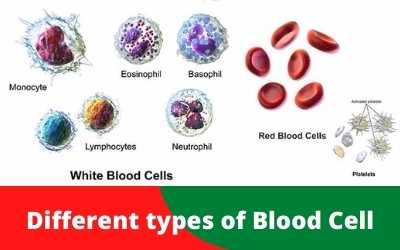
Blood tissue is made up of three types of cells: red cells, which carry oxygen; white cells, which fight infection; and platelets, which are important in clotting.
Red cells are also responsible for carrying the oxygen needed by the rest of the body to function properly. White blood cells are essential to fighting infection. Lastly, platelets are responsible for clotting when you get injured or cut.
The importance of blood tissue can’t be overstated. Without it, you wouldn’t be able to survive!
Skin Tissue
In the human body, skin tissue constitutes the largest organ. It helps protect us by keeping out pathogens and absorbing moisture. It also protects against injury and regulates temperature through sweat production.
Skin also has two other important functions: it protects against injury, and it regulates body temperature through sweat production.
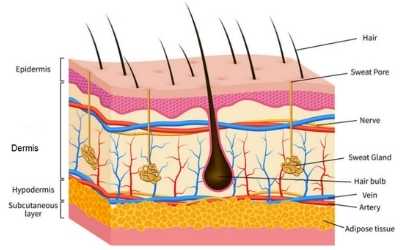
Functions of Skin
Skin is the largest organ in the human body, serving many important functions. One of its most important functions is maintaining the right amount of moisture in the skin. If skin is too dry, it can lead to cracking. Too much moisture may lead to pimples or infection.
Skin also protects against injury and regulates temperature through sweat production. Skin can also act as a barrier, keeping out pathogens and absorbing moisture. Finally, skin cells are constantly dying and must be replaced. This process is called cellular turnover.
Skin cells are constantly dying and must be replaced. This process is called cellular turnover.
Skin Structure
Skin is the largest organ in the human muscle. It is made up of three layers: the dermis, epidermis, and hypodermis. The dermis is the innermost layer that is made up of connective tissue. This layer contains blood vessels, sweat glands, and hair follicles. The epidermis is the outermost layer. It is made up of cells that are constantly being replaced. It protects us from infections while also regulating temperature. The hypodermis is the layer of fat beneath the epidermis. It acts as an insulation to help regulate body temperature.
Conclusion
The human body is an intricate and complex machine with various parts that must work together to ensure that we can function properly. So it’s no surprise that each tissue has its own important job to do.
By understanding what each tissue does and why it matters, you can better appreciate the complexity of the human body and the importance of maintaining good health.

